Housing vs greenery – the tricky balancing act for Sheffield
and live on Freeview channel 276
Sheffield Council is currently in the process of drawing up its new Local Plan, a blueprint for how the city will grow and develop up to 2038.
There’s no doubt the city needs more homes but what should they look like and crucially, where should they be built?
Advertisement
Hide AdAdvertisement
Hide AdHousing targets are imposed by central government which has led to some local authorities across the country building on the green belt.
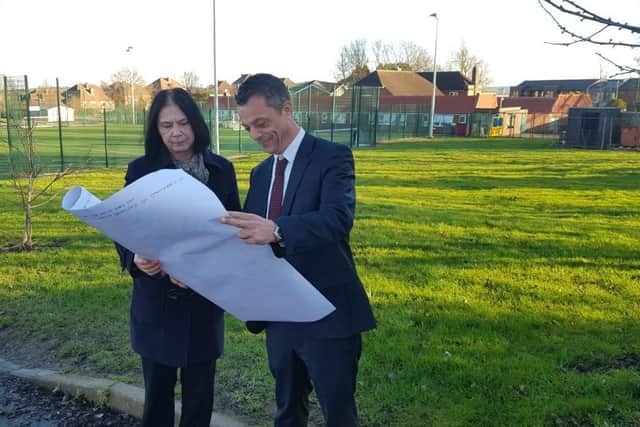

But Sheffield Council wants to develop the majority of new homes on brownfield sites closer to the city centre.
Council Leader Bob Johnson is adamant the green belt should be protected.
“Sheffield is rightly known as the Outdoor City and we know how important many of the green spaces are to making up the character of communities across the city, especially those further out of the city centre.
Advertisement
Hide AdAdvertisement
Hide Ad“The Government targets that have been imposed across the country are really high in Sheffield but we are determined not to be forced into a position where developers are able to build on some of the green spaces that are the most important to our communities.
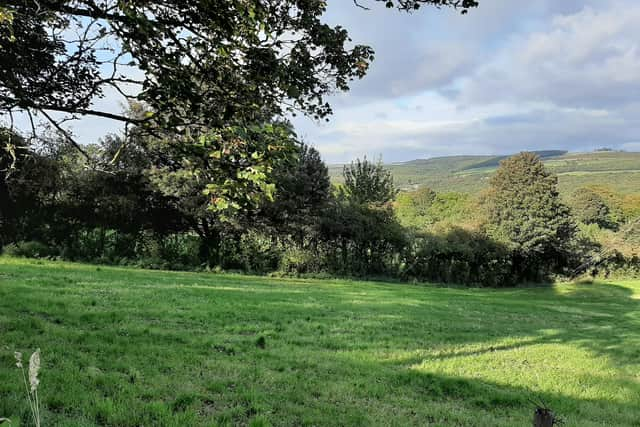

“That’s why we’ve been developing the new strategy over the past year which will allow us to focus more development around the city centre on brownfield sites and protect our green belt.”
The Liberal Democrats are critical of how long the Plan is taking as it was first started back in 2015 and not having one leaves the city open to unwelcome developments.
Coun Ian Auckland, shadow cabinet member for transport and development, said: “This decision is Labour delaying writing the rule book for development in Sheffield.
Advertisement
Hide AdAdvertisement
Hide Ad“It risks uncontrolled development on our green belt and green spaces for years to come. Labour have been working on this since 2015, Sheffield deserves better.”
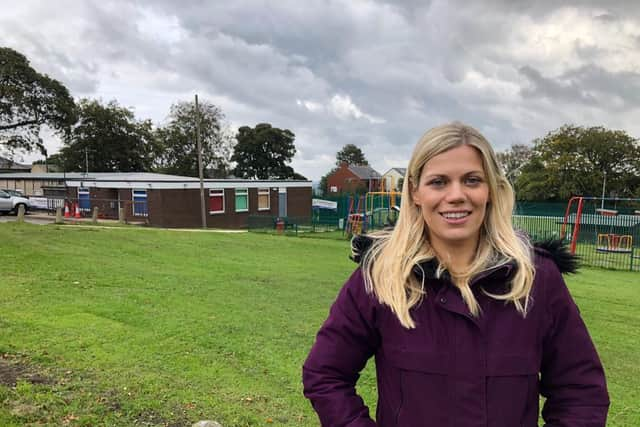

The Campaign to Protect Rural England (CPRE) said Sheffield had made clear commitments to radical carbon reductions by 2030 but the emerging Plan says little about how this will happen.
Andy Tickle, head of campaigns at the CPRE, said: “This gap must be filled urgently. We want the council to do much more if it is to achieve its zero-carbon ambition, tackle its affordable housing shortage, and achieve a shift away from use of the car to active travel and low carbon modes of transport.
“The CPRE is very clear excluding the use of green belt sites is the best option for several powerful reasons. It minimises the damage to Sheffield’s wonderful countryside but it also means development is focused in a compact, smart city with high quality development.
Advertisement
Hide AdAdvertisement
Hide Ad“This means neighbourhoods can be regenerated as super-sustainable communities where all services are close at hand, minimising car use.”
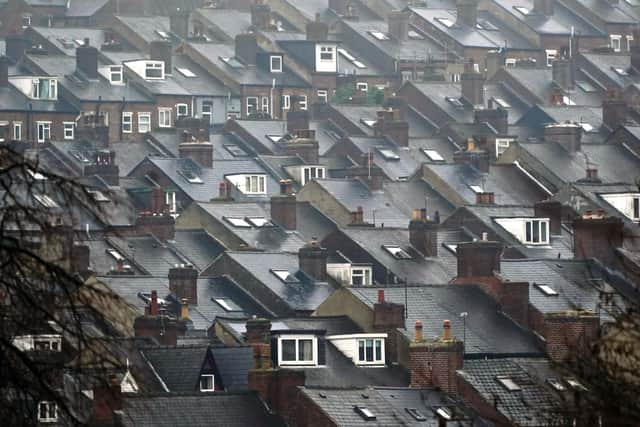

Miriam Cates, Conservative MP for Penistone and Stocksbridge, said the city needed more housing but there should be an “informed conversation” about where it should go and what type it should be. She believes in prioritising homes that families will want to live in for the long term.
Ms Cates, whose constituency includes areas in the Upper Don Valley and in Ecclesfield parish, criticised the council for not revealing if any parts of the green belt would be affected.
“It is important to be constructive in a consultation such as this, and to recognise that the need for housing will require us to make some decisions as a city. But it is also important to be aware of the facts and to avoid giving consent to a proposal that lacks the necessary detail.
Advertisement
Hide AdAdvertisement
Hide Ad“I have serious concerns that giving general consent now to building on the green belt could lead to development in areas that are entirely unsuitable, as these sites are often cheaper and easier to develop than those which have already seen some building in the past.
“The council should first identify which sites it intends to remove from the green belt, and only then seek the consent of the people to allow them to be assigned for housing development.”
She also wants clarification on why the council has not recommended the inclusion of the Hollin Busk site in Stocksbridge in the green belt.
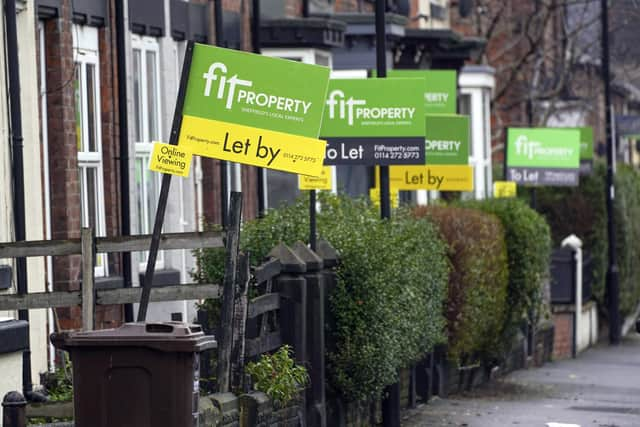

“Following the refusal of planning permission, the best way to protect Hollin Busk for future generations would be to recognise that it belongs as part of Sheffield’s green belt.”
Advertisement
Hide AdAdvertisement
Hide AdSheffield Green Party said it wanted to see new housing areas between Kelham Island and Hillfoot Bridge; the Wicker to Norfolk Bridge; and Queen’s Road to Heeley Bottom.
Douglas Johnson, Green councillor for City ward, said the quality of housing was as important as the location.
“Cities are uniquely placed to respond to climate change – good planning decisions can literally save the world.
“Commuting to work is bad for climate change, air pollution, people’s health and productivity so we support more, good quality housing close to the city centre where people can both live and work.
Advertisement
Hide AdAdvertisement
Hide Ad“Better use of land must not mean lower standards. New housing must be good housing – big enough, warm enough and affordable to run, so people have decent places to live and work.
“Designs for new housing must include shops, services and open green space and be carbon-neutral. Where proposals do not meet standards, we should not be afraid to refuse them.”